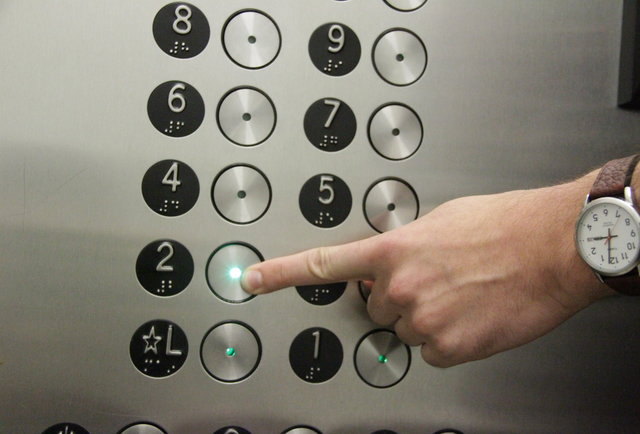The term “self-care” has been getting a bad rap ever since it became a buzz word. It has gotten to the point where saying that you’re taking a “mental health day” or “technology fast” is met with ironic glares and eye rolls. Can we stop the shade for a moment and think about how language is the key factor here? What does self care mean to you? Get to the heart of the need and call it by its name. For me, self-care is a reset. This resonated with a number of people in my personal and professional life.
We all need a reset.
The world needs a collective reset.
But I digress…
(deep exhale)
I took my reset in the form of a month away in the land of my ancestors. The Mediterranean sun, salt, and siestas reset my overwrought nervous system within two weeks of being there. The home cooked cuisine consisting of sun ripened vegetables and fruits, dark breads, soft aged cheeses, and freshly caught seafood reset my overactive gut; the place where stress tends to set up shop in my body. I returned to the city three days ago, but not to the grind. I find myself being fiercely protective of my healing energy and I will tell you why.
Like many New Yorkers, I am a hustler running to get as much done in a day to keep my head above the water line and my eye on the prize. This isn’t necessarily earning me any merit badges. This last year was especially challenging given that between my work, full time graduate study, and clinical internship I left myself only one day in a week to take care of ME. Just ONE day. No wonder my guts were contorting inside of me along with my mood. A good friend and fellow therapist gifted me a deck of daily “self care” cards. Everyday I would shuffle and pull a card out. Some days I was a BOSS about doing what the card instructed. Other days, I would look at the card and think impossible. I am lucky that my one month sabbatical actually was as curative as it ended up being. On the flight back home, I thought about how I was going to maintain this reset in an environment full of triggers. Here’s the list I came up with, which I am sharing with you all. I may not be able to control the environment around me, but I can control the one inside of myself.

(1) Go be in nature – walk along the boardwalk and inhale the sea air, walk barefoot on the sand or grass covered earth to literally ground my energy, lean my body against the trunk of a large tree and release the day into its embrace, or take a long walk across uneven terrain and appreciate how my body moves to keep me balanced.
(2) Cook the foods of my ancestry – recreate the meals that healed my gut and renewed my spirit. Channel giagia’s culinary muse and cook for myself like she would have done for us kids.

(3) Speak my language – hearing and speaking Greek activates different parts of my brain and psyche. My mother tongue is sometimes more effective at expressing intense thoughts and feelings. Allow myself to talk shit if that’s what comes up…nothing is as satisfying as cursing something or someone out in Greek. Greek curses are EPIC and I always laugh afterwards when I think about the direct English translation.
(4) Disconnect – unplugging from other people’s life dramas both in vivo and tech is VITAL. I had limited access to a stable wifi signal while I was away, so I couldn’t really peruse anyone’s content or engage with them for an extended period of time. This was AMAZING. I used the precious little time to interact with only select people and using minimal communication, which is a sharp contrast to the long responses I normally give. I want to continue this. Less is so much more and my contact boundary must shift to reflect that. Embrace the real life company of loved ones and those who reciprocate energy ONLY. Ondos! (Greek for “indeed.”)













